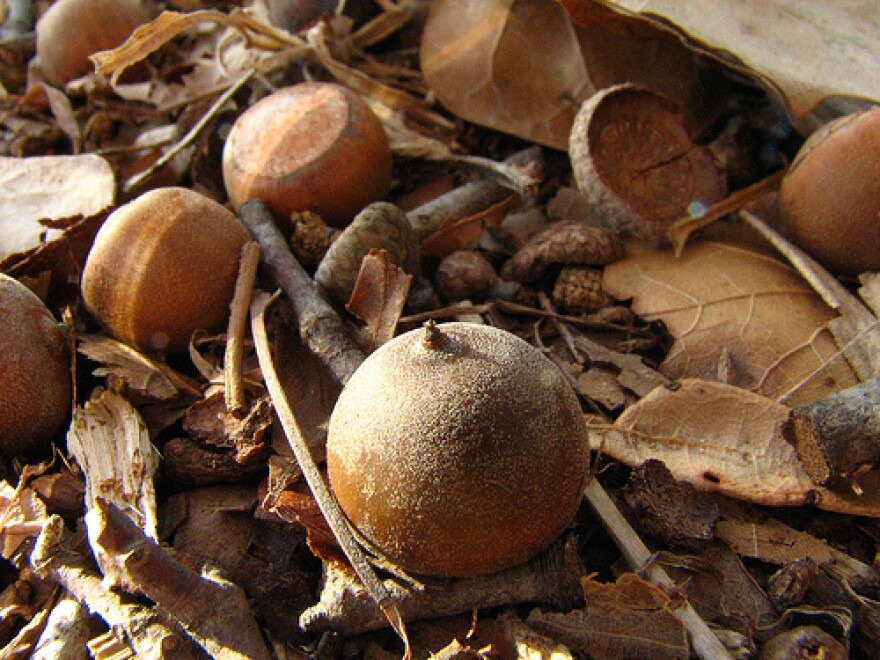Poor Will's Almanack for the third week of Early Fall.
A cardinal sang a little after 7:00 this morning, sang off an on for about an hour. Crows came and went. Robins started peeping their migration signals outside in the honeysuckles about 8:00. When I walk the alley after breakfast, I heard starlings whistling and chattering toward downtown. Sitting in greenhouse working in the middle of the morning., I listened to the tapping of a yellow-bellied sapsucker on the siding of the house, an old friend returning from spring on the way back to Tennessee.
Three weeks ago, much of the landscape was still deep, late-summer green. Now, ashes are gold and dusky maroon, a few maples and dogwoods are red and orange, cottonwoods and catalpas and sweet gums and shagbark hickories are yellow, and grape vines and nettles are bleached with age. Locust leaves drizzle steadily to the undergrowth. The serviceberries are almost bare. The black walnut trees keep only their last fruit. Purple poison ivy and Virginia creeper outline the changes.
The virgin’s bower is done flowering. The white boneset and New England asters are in decline, but the cabbage moths still swarm around them. A few rose of Sharon and Japanese honeysuckle blossoms hold on. The last jumpseeds along the front sidewalk jump when my fingers stroke them. Craneflies swarm, a fraction of their winter size. Dragonflies still hunt in our backyard pond. The koi still feed with gusto, their water almost as warm as it was in August. Monarchs and painted ladies and swallowtails come by every day.
This is Bill Felker with Poor Will’s Almanack. I’ll be back again next week with notes for the fourth week of early fall. In the meantime, look for black walnuts, hickory nuts, acorns on the ground, footprints of the fall.



